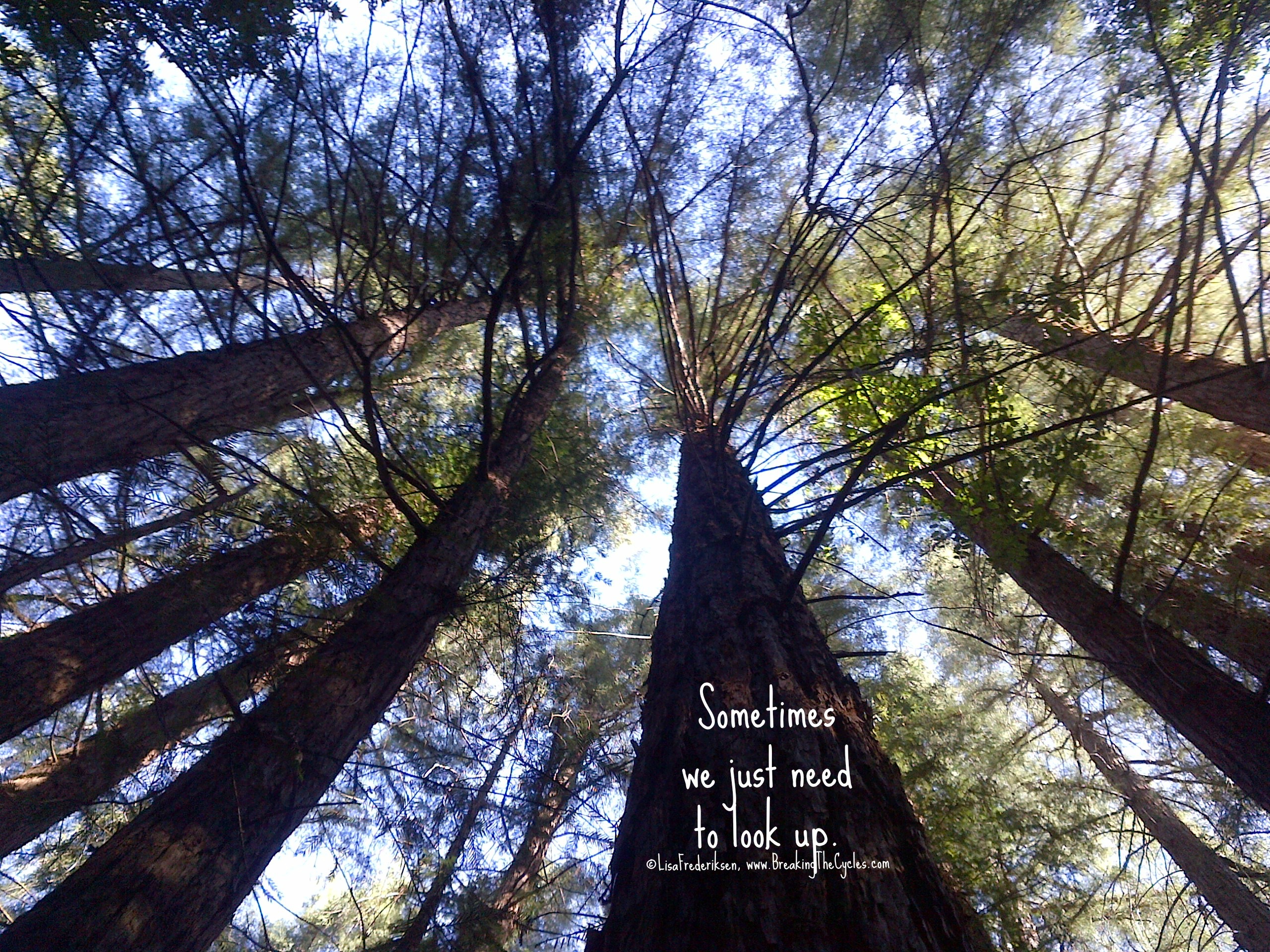“Anosognosia
is viewed as a deficit of self-awareness, a condition in which a person who
suffers certain disability seems unaware of the existence of his or her
disability.”
“Anosognosia
results from physiological damage on brain structures, typically to the
parietal lobe or a diffuse lesion on the frontal-temporal-parietal area in the
right hemisphere.” This distinguishes
the condition from denial, which is a psychological defense mechanism.
So, as I understand it, damage to the frontal lobe can cause
a condition that prevents the patient from understanding or accepting their own
disability. The damage can be the result of any number of things, such as a
stroke, lesion, traumatic brain injury, and any other factor that causes injury
to the brain. Using those criteria, then I suppose that would include brain
damage from alcohol abuse.
What seems to be a simple state of denial that alcohol is a
problem, could in fact be the result of Anosognosia. If this brain damage is
present, it may be one of the reasons why alcoholics have such a high rate of
relapse after going through a near fatal detox. They simply don’t know that
their disability is alcohol. It could be the reason why Riley looks at me in
confusion when I remind him that alcoholism is his disability and the only
medication is to NOT drink again.
I don’t think that all denial is a result of brain damage. I
know that denial is a part of the alcoholism cycle – for both the alcoholic and
those who love an alcoholic. There must be some type of brain damage for the
Anosognosia condition to be present.
In the beginning we family and friends deny the alcoholic
condition because we just don’t want to believe it. We don’t want to see that
our future may be bleak if the person we love is addicted to alcohol. We know
enough to know it is not something we want for the alcoholic or for ourselves. It’s
like turning our eyes away from the movie screen just as the axe is about to
break open the head of one of the characters. We know it’s happening; we just
don’t want to witness it. We know alcoholism is happening; we just don’t want
to have a front row seat. Instead of closing our eyes, we deny that it is even
on the screen.
Denying the real problem doesn’t serve us very well. The
sooner we accept what is going on, the sooner we can find ways to keep
ourselves from being the victim under the axe. Once we accept what the real
problem is, we can take action to maintain our own sense of self even in the
midst of alcoholic craziness.
As the person who is not addicted we cannot point a finger
at brain damage and say that is why we do what we do. We do what we do out of
desperation to save the alcoholic. Saving the alcoholic becomes the only thing
in our lives that has a priority. The sad fact is that we are like Don Quixote
jousting at windmills. We cannot save the alcoholic from alcoholism. We can
call 911 when the alcoholic body starts shutting down, but we cannot save them
from their own denial. The alcoholic’s alcoholism is the property of the
alcoholic.
We can understand and accept. If Anosognosia is an issue we
can learn about it and realize that it is hopeless to fight it. We can learn
everything we can about alcoholism and the related health issues because
knowledge is the key to survival. We can find ways to keep our own health from
falling victim to stress related illnesses. We can stay engaged in our own
lives with our own interests. We can maintain a circle of friends that support
without judgment. We can find our own avenues of peace and calm.
It’s not easy to do all that stuff in the above paragraph.
It may seem simple, but it is extremely difficult. The first step is to stop
believing you can change the alcoholic. Stop denying that there is a problem
with your own thought process. It’s not easy to look deep inside ourselves and
try to find the person that existed before the insanity. That person – maybe the art lover, stray
animal feeder, avid baker, exercise nut, writer, computer whiz, organizer extraordinaire,
coach or something else – is still inside you. That person will help you survive
alcoholism and be happy if you can bring that person out into the open.
It doesn’t really matter to me if Riley has Anosognosia or
not. It makes it easier for me to understand his point of view. But, it doesn’t
really change anything. Riley is still an alcoholic who will quickly be an
end-stage alcoholic if he finds a way to return to drinking. I provide him the
means to have a healthy life without alcohol even if he finds it unpalatable. That’s
all I can do for him. He is no longer accepted at rehab centers even if he had
a desire to go. If it was a possibility, I would encourage him to go. I no
longer spend hours trying to talk some logic into his damaged brain. Instead, I
accept it for what it is – something I cannot change.
I have found my passion. Actually, I’ve reconnected with
several of my passions over the past year. I like my life. I don’t deny that
there are problems but I separate my fixable problems from the unfixable. I
guess that’s the wisdom of knowing the difference.
